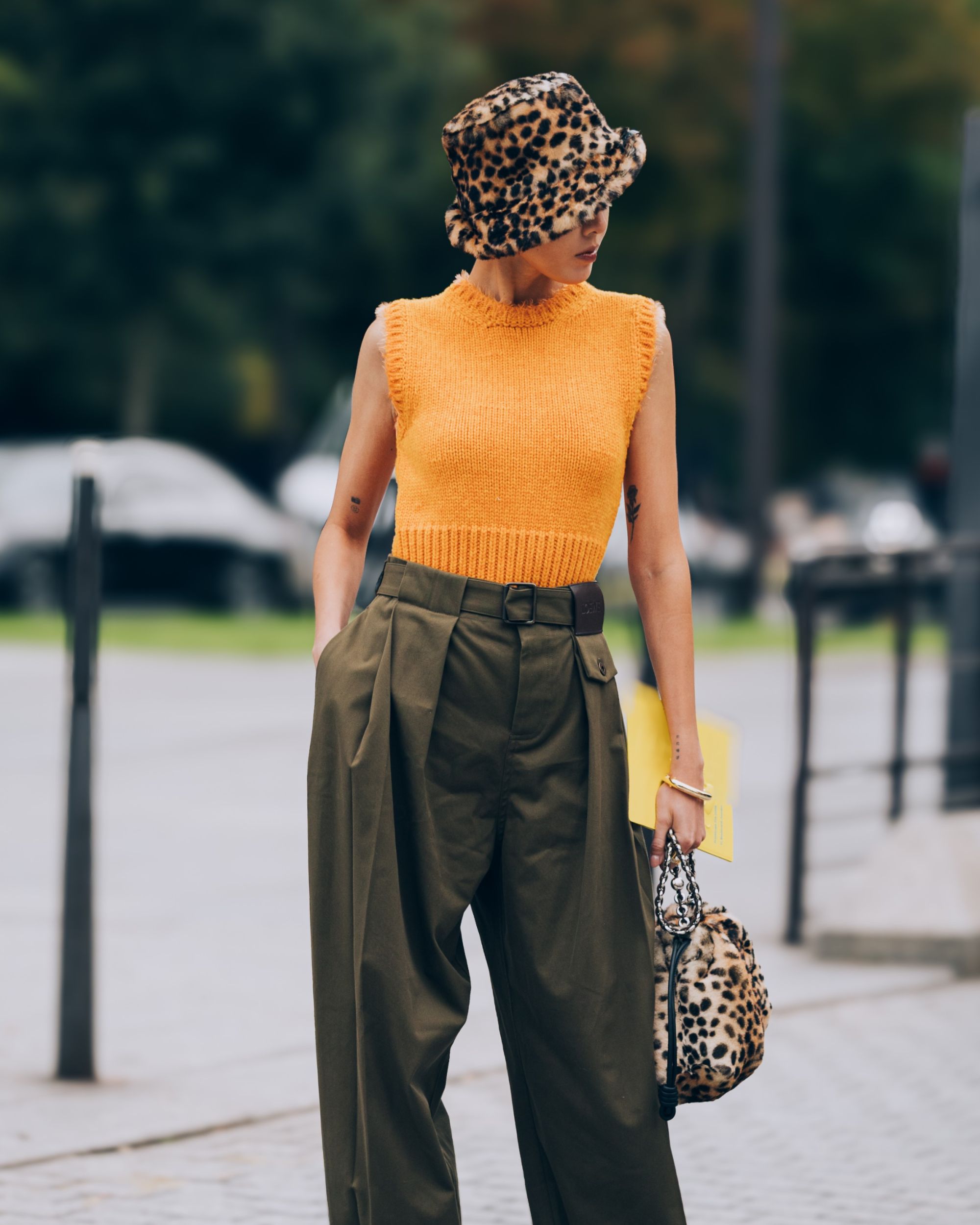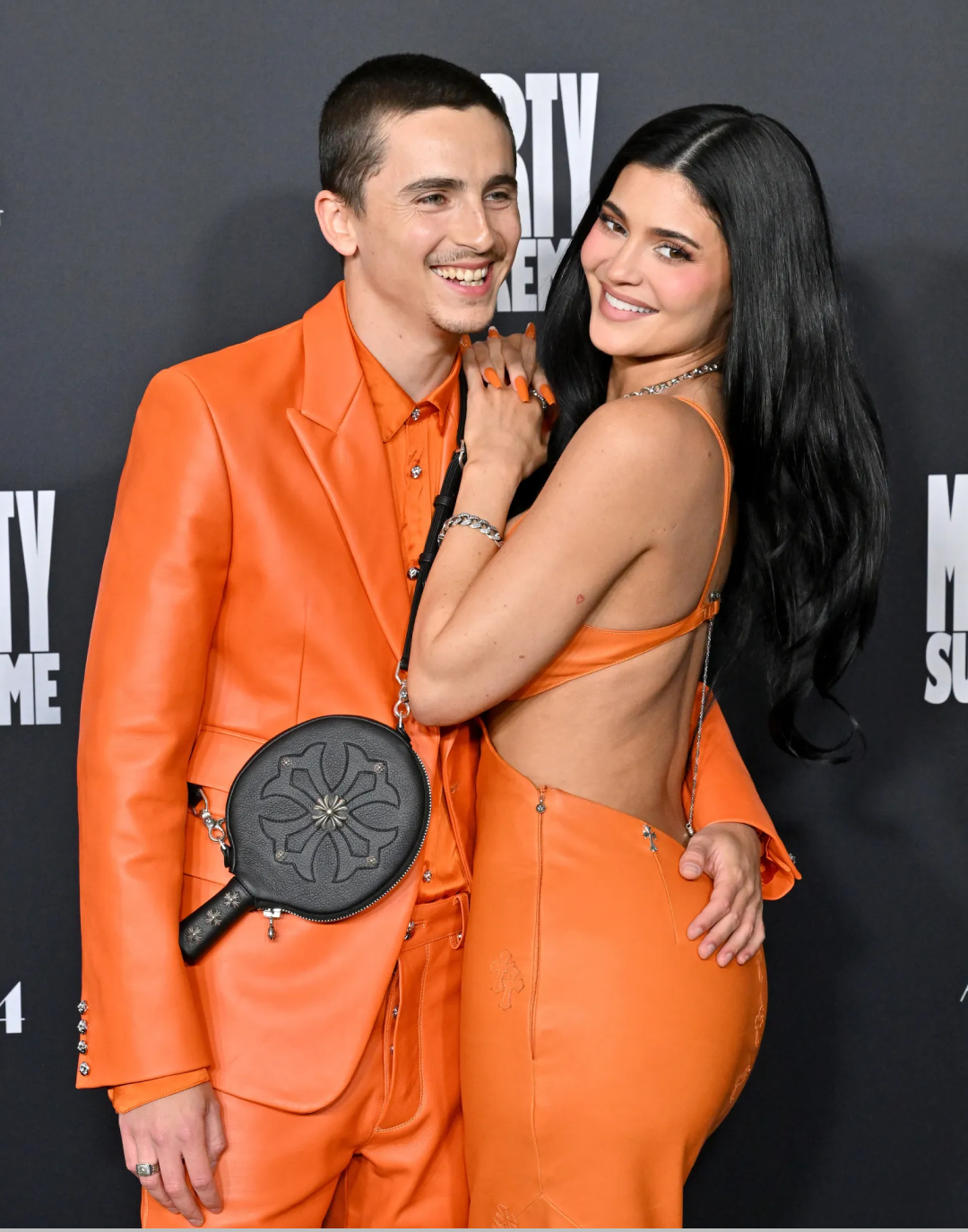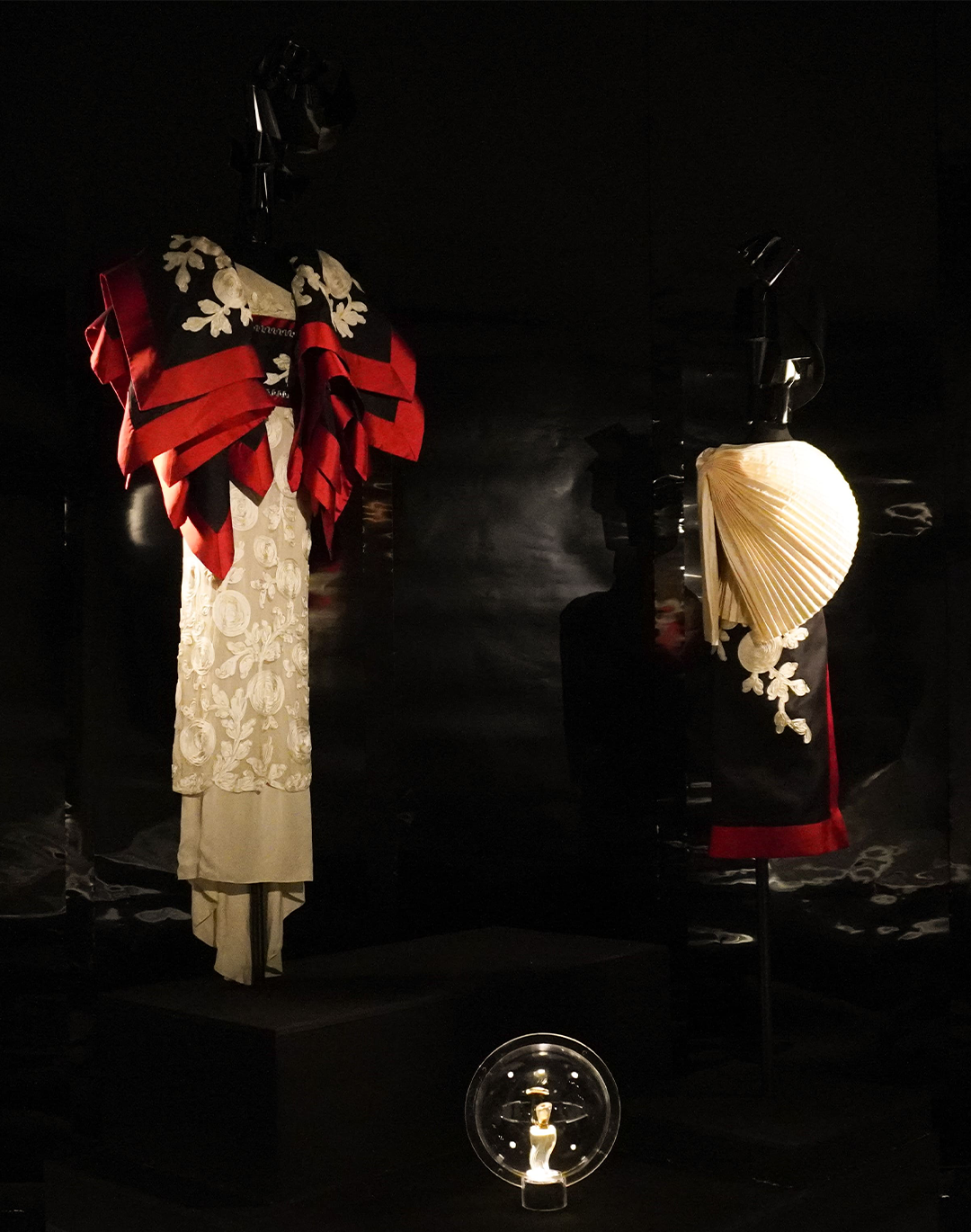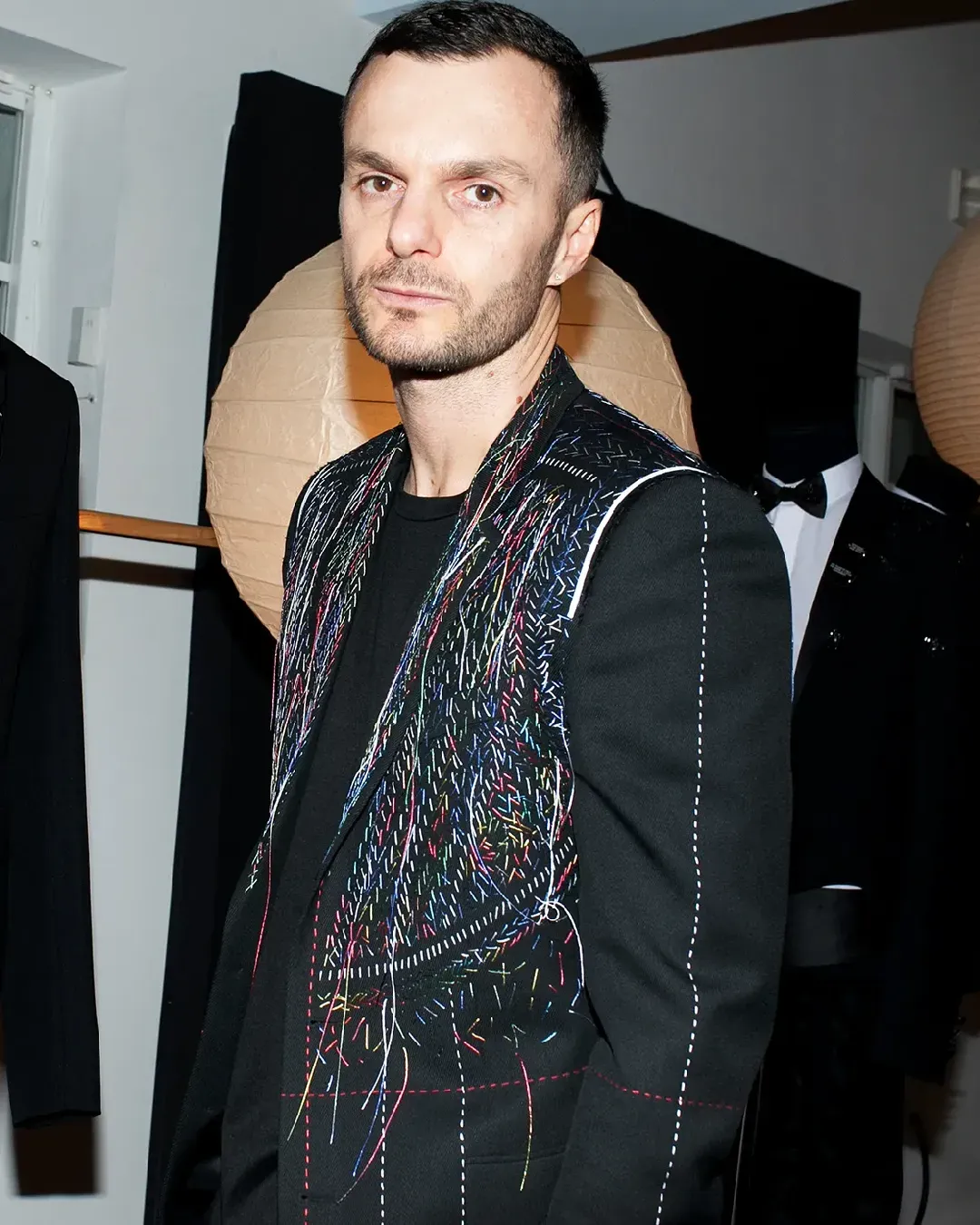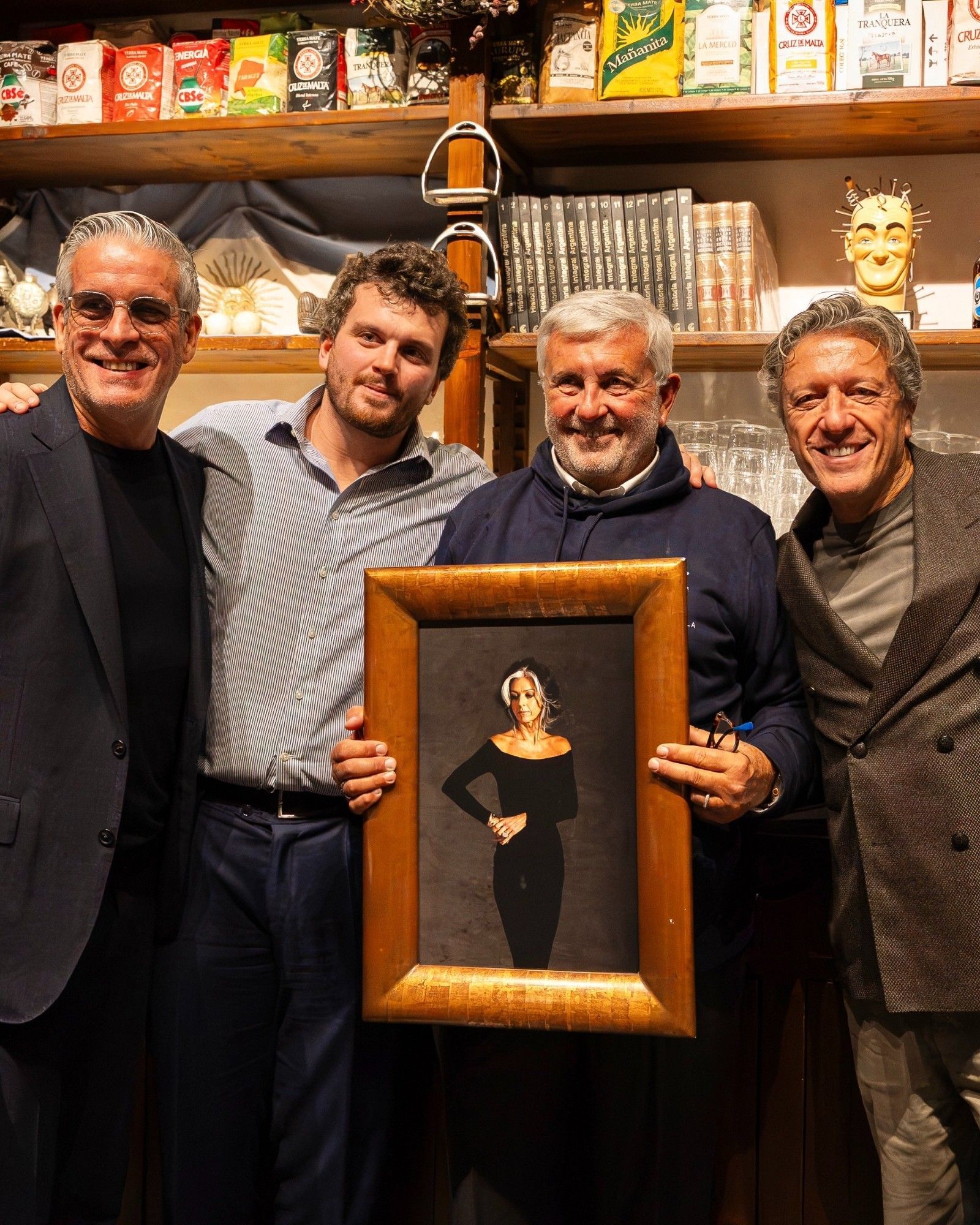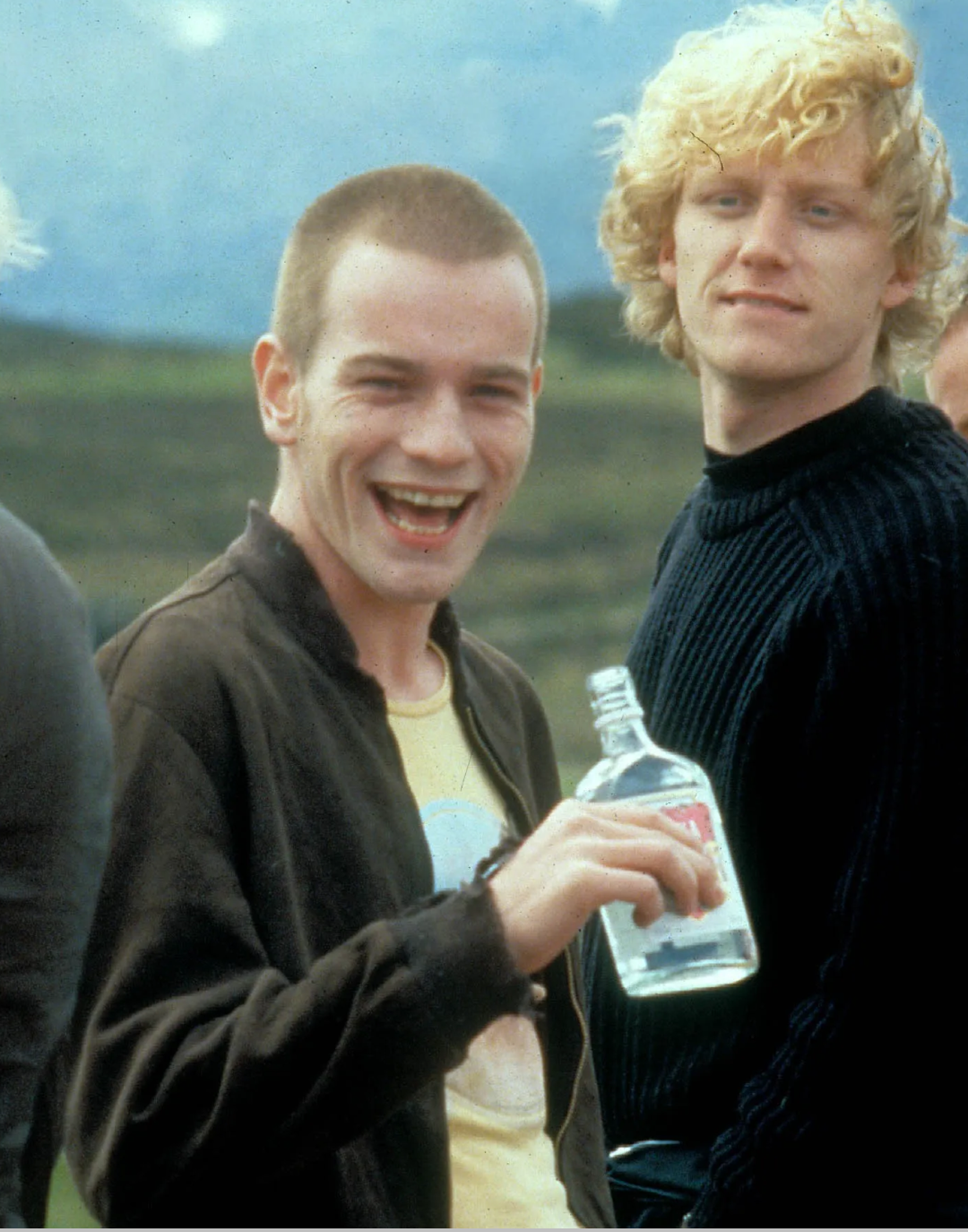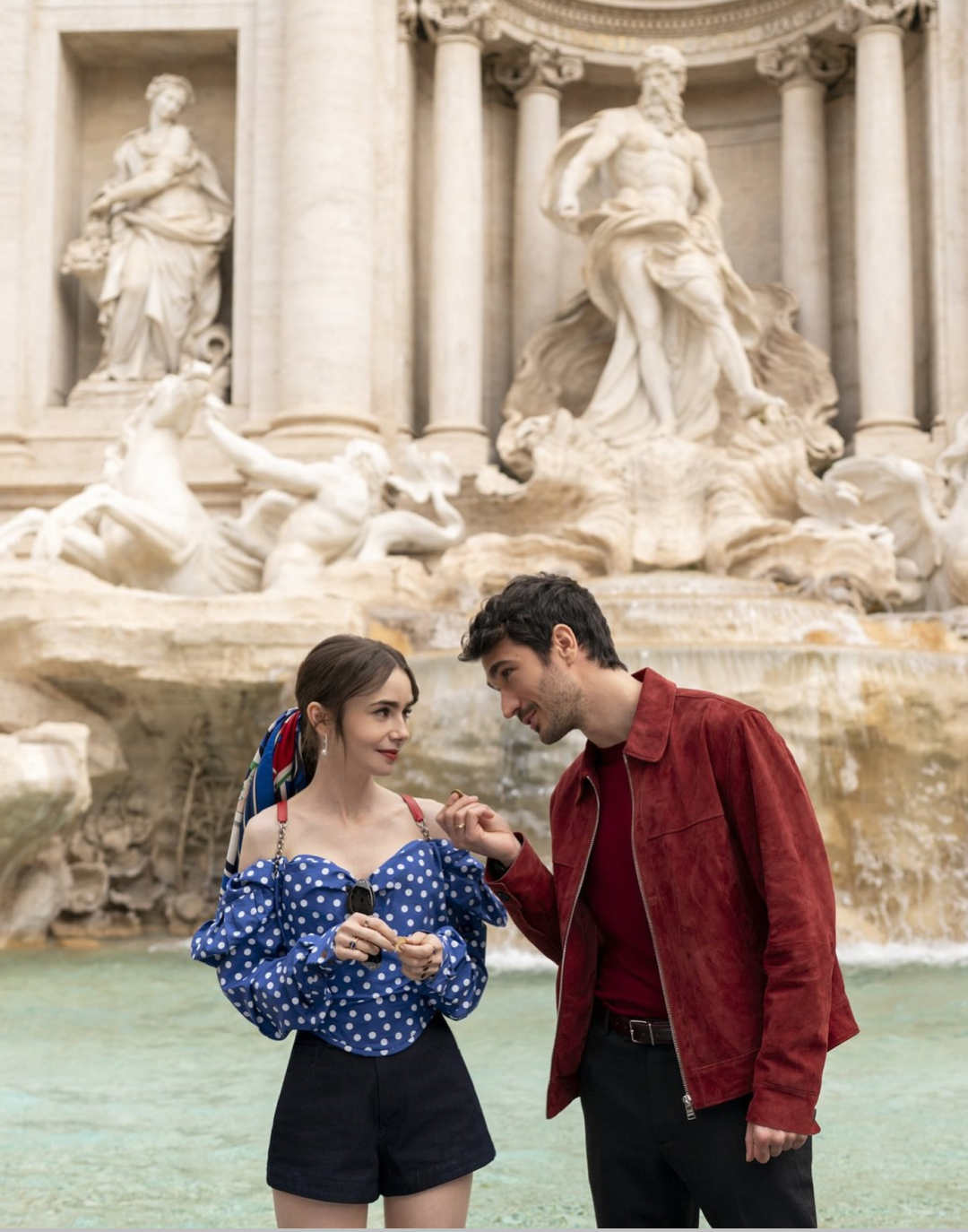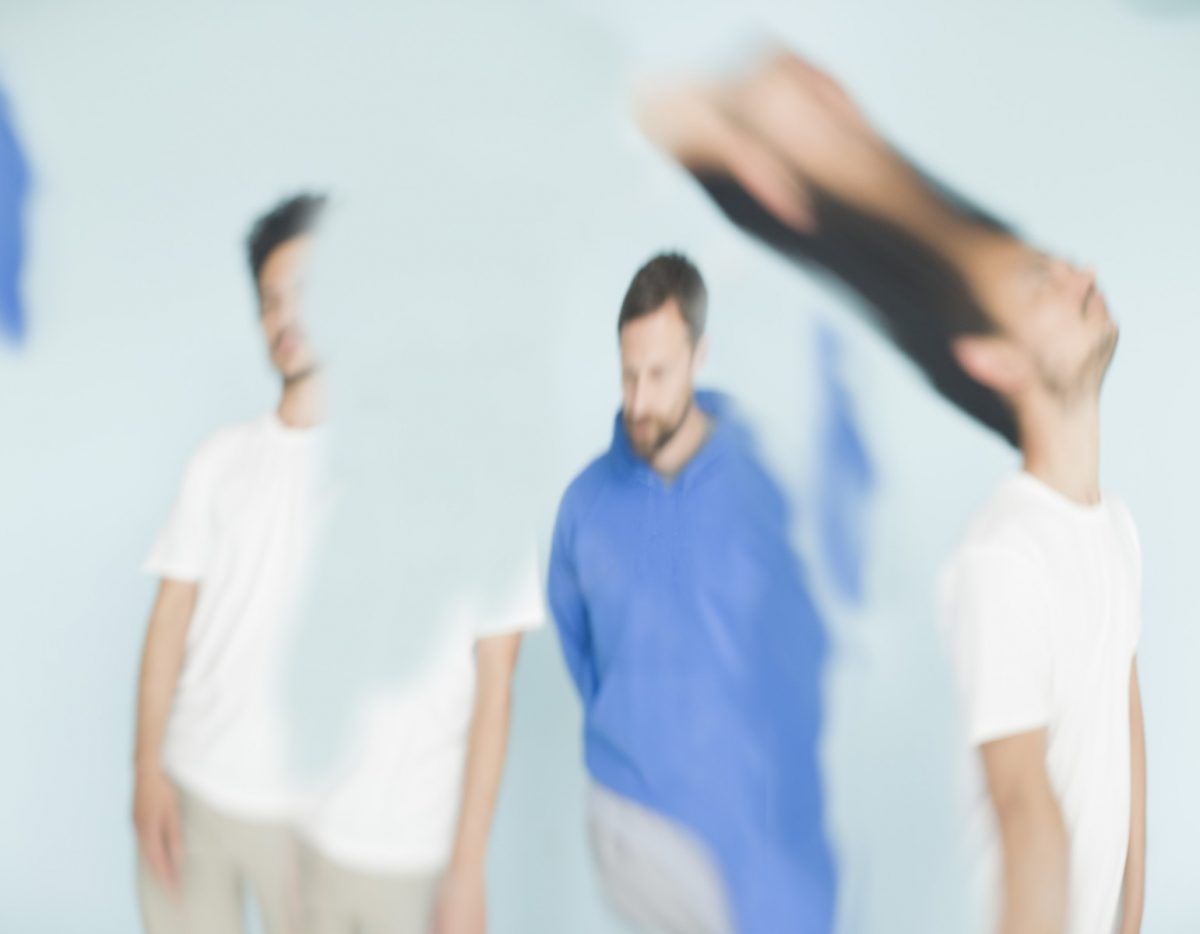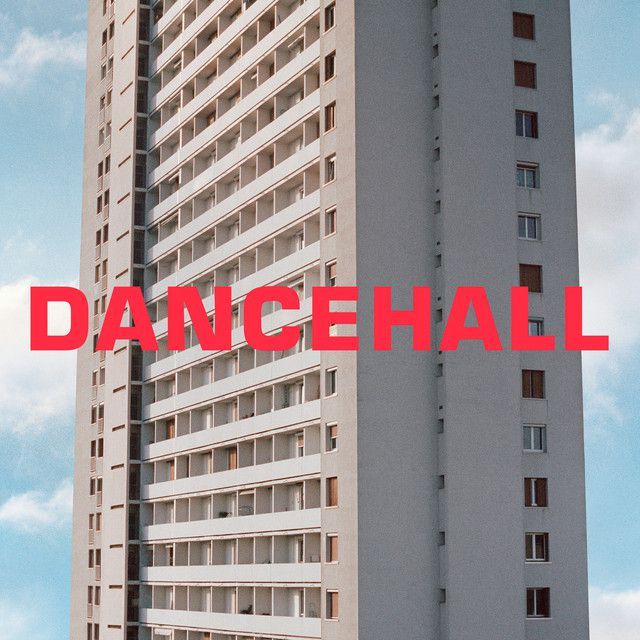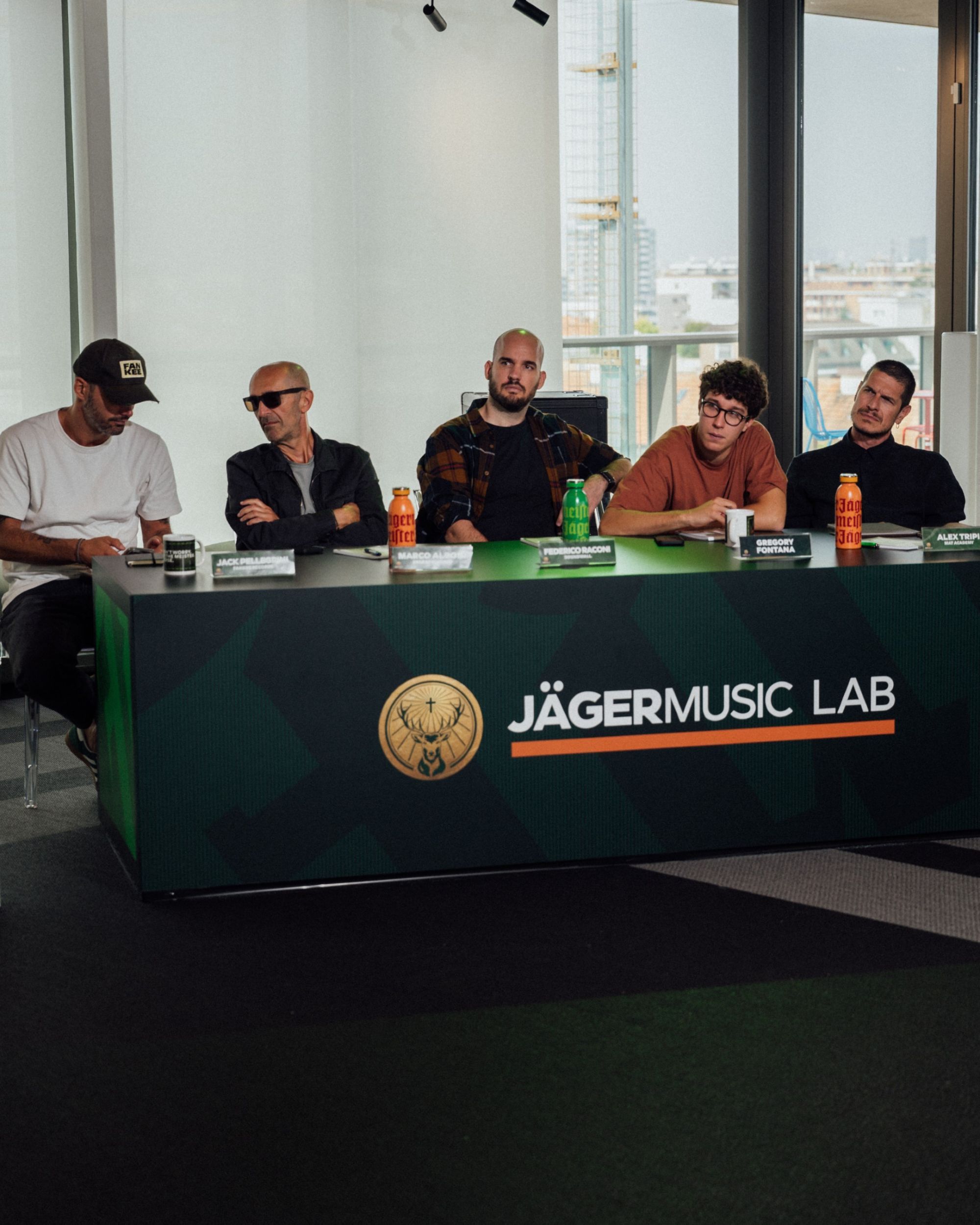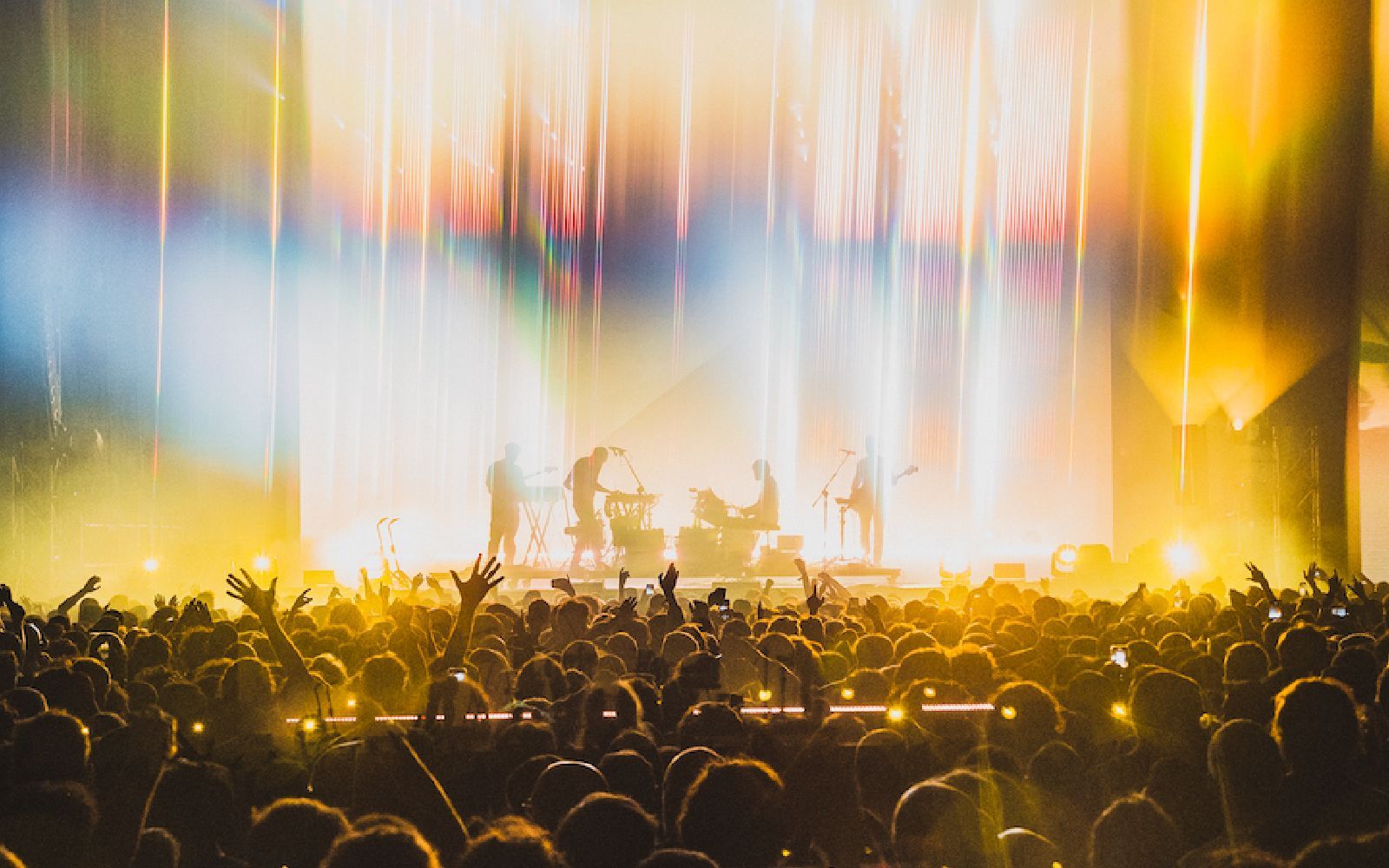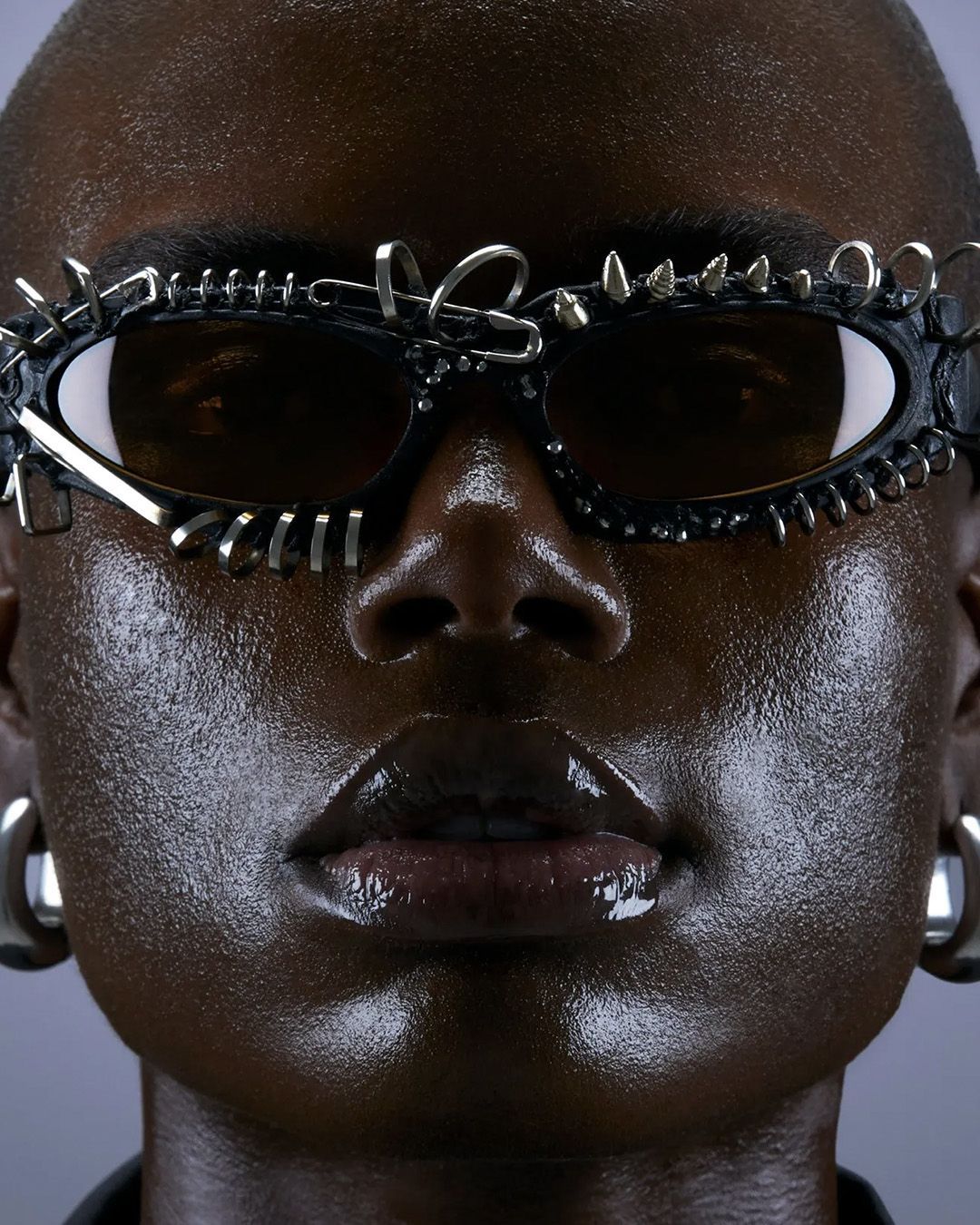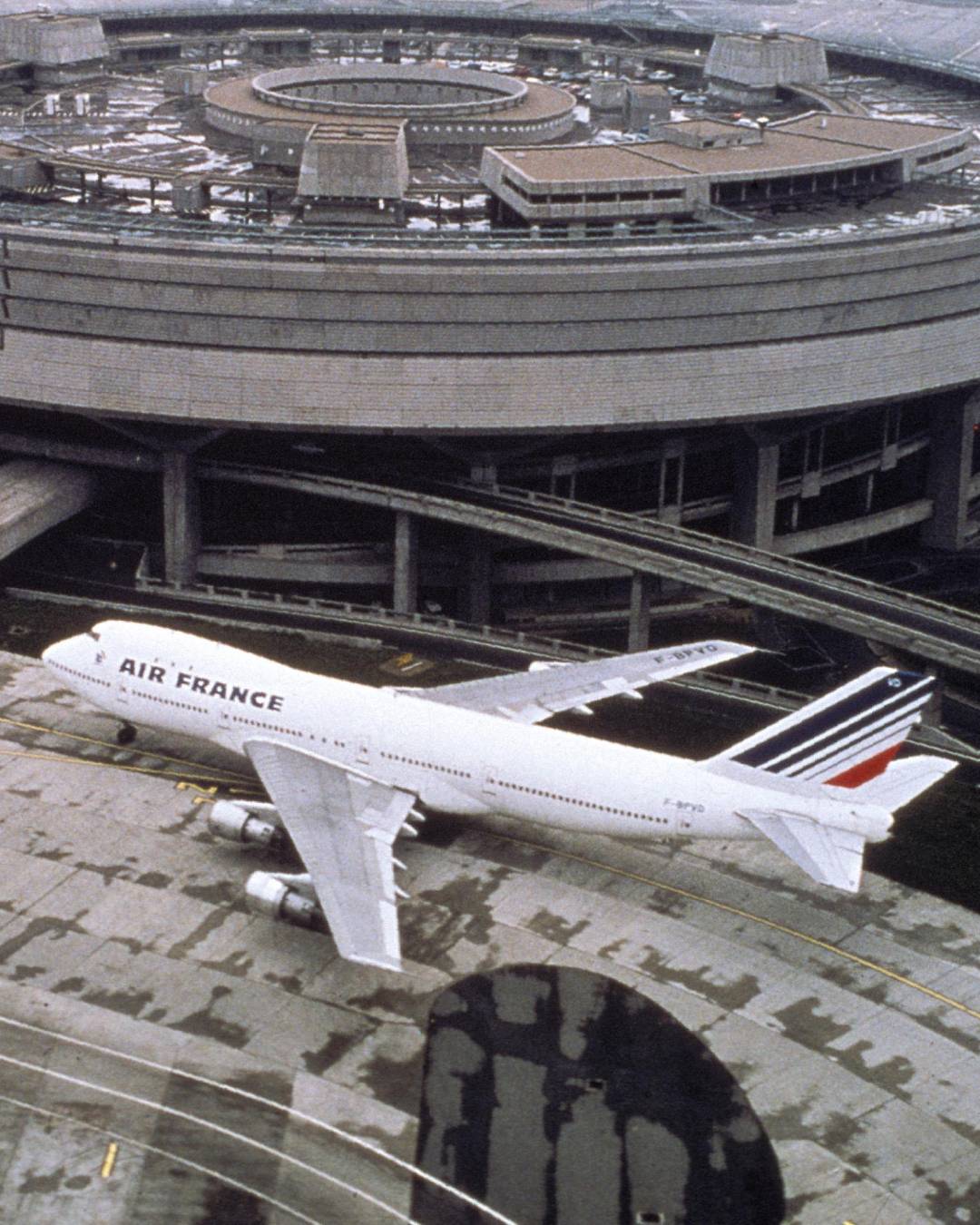
The electro emotivity of The Blaze We caught up with the French duo before their first Milan show
When people listen to our music I wish they could close their eyes and travel to another world.
That's how Guillaume and Jonathan Alric - better known as The Blaze - describe over the phone the aim of their music and their live shows, which will arrive for the first time in Italy, March 6th at Fabrique Milan.
Since their debut in 2016 with the video for Virile to the release of their first studio album Dancehall last September, The Blaze have established themselves as one of the best names of the mainstream electronic music landscape. Their music and their videos express a dense emotivity, a fascination for more intimate and essential human feelings: family, love, youth and happiness are the recurring themes of the musical and visual production of the French duo.
The New York Times defined their genre as EDM "Emotional Dance Music", and with a thick French accent Guillaume points out once again the objective of their work:
"We try to connect people, to make them discover emotions that are common to all human beings."
The history of The Blaze starts in Paris but is rooted almost in every part of the world. Guillaume and Jonathan are cousins but none of them comes from the French capital city: the first studied photography and travelled to Nepal and India for a number of photography reportages while producing dub music under the name of Mayd Hubb. The latter - Jonathan - was born in the Ivory Coast, studied cinema at university and the project of The Blaze started when he asked his cousin to collaborate on a university project.
The beats, the distorted and distant voices of The Blaze's tunes come with sophisticated visuals that have made the band known all over the world. Territory is the story of a kid going back to his family after a period of being apart. There are no dialogues, only hugs, the return to the family habits, the affection of the friends and the distance from the traditions are the protagonists of the video.
The video was awarded the Cannes Festival Grand Prix and it perfectly reflects the cinematographic style of The Blaze: an oniric realism exploring the intimacy of people by observing them in their fragilities. The details make the difference and the quality of the videos, from small gestures with the hands and the locations, to the styling, which often mixes streetwear pieces without being over-the-top.
We call ourselves realists because we're interested in the message, and this to us is the simplest way to convey it. We take inspiration from Andrea Arnold (director of American Honey), Ken Loach and the classic movies like Ladri di Biciclette by Vittorio De Sica.
Other recurring themes are the sense of community and intimacy - ambiguous between sexuality and friendship - which dominate the visuals of Queens, Virile and Heaven. In all the videos the protagonists communicate only through their bodies: they touch each other gently and sensually, they dance, fight, cry and laugh. The expressive strength of the videos reflects a fundamental feature of The Blaze's poetic:
The body language is universal, everyone can communicate just dancing. The topics we deal with in our videos are always the same: the youth madness and strenght - meant as a mental age more than anagrahic - is what makes the world go round.
And dancing will be all you'll want to do during the concert in Milan on March 6, the first ever in Italy, taking on tour the debut of The Blaze: DANCEHALL. The title of the album could be misleading, but Guillaume patiently explains to me the origin of the name:
It has nothing to do with the musical genre. The reference is to the dancehall as a physical place, where people meet, dance and share an experience.
The curiosity of attending the first The Blaze live performance is increased by the absence of the visual element of the videos, which are one of the main features of this artistic project. We must expect something new, but Jonathan, despite my questions, doesn't say much:
There won't be videos, only a visual part. During our live performances we would like to concentrate more on music, and the crowd can enjoy it closing their eyes and listening to their emotions.
And in case you needed to jog your memory:






